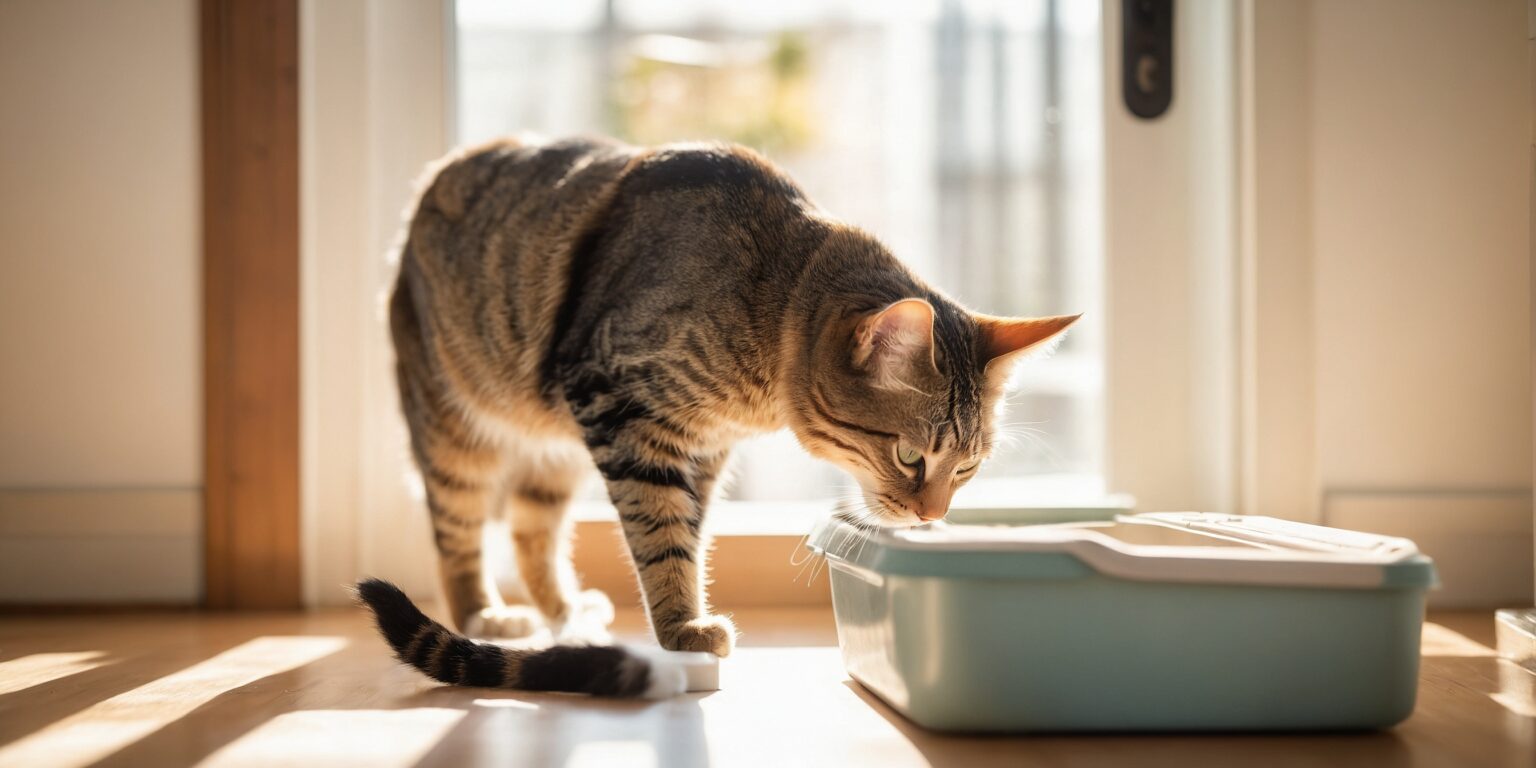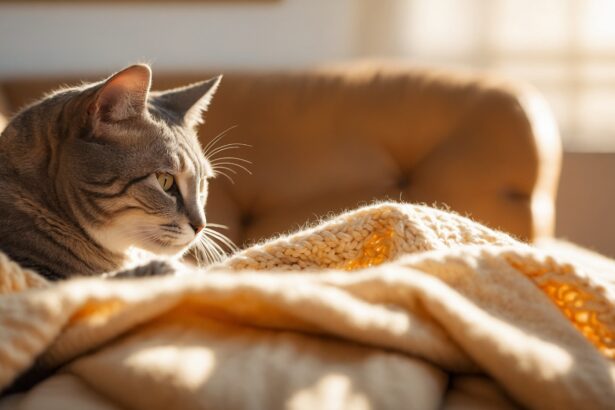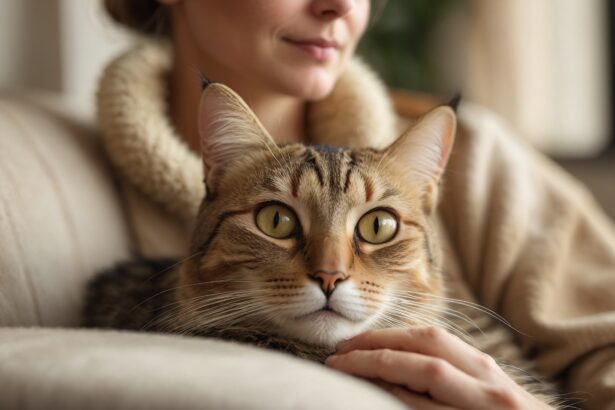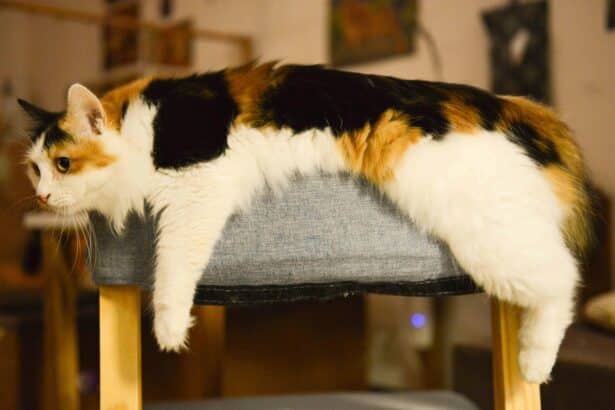Dear Pawtounes readers, take a breath — you’re not alone. A cat peeing outside the litter box can feel personal, but it’s almost always your feline’s way of saying, “Something’s not right.” Let’s decode the message and get your home back to fresh and peaceful.
Why is my cat peeing everywhere?
Cats are tidy by nature, so accidents usually have a reason. Most often, it’s stress, discomfort, territory, or a litter box setup that doesn’t suit your kitty’s preferences.
Stress, change and territory
New baby, new job hours, a visiting dog, even a different laundry detergent — cats notice. Changes can nudge them to mark or choose a “safer” spot.
Offer predictability: consistent feeding times, daily play sessions, quiet hideouts, and separate resources in multi-cat homes.
Learn to spot the subtle signs of stress in cats so you can act before puddles appear.
Marking vs. true accidents
- Marking: small amounts on vertical surfaces (walls, doors), often with a quivering tail.
- Accidents: larger puddles on horizontal surfaces like carpets, beds or the bathmat.
- Either way, your cat is communicating. Punishment won’t help; it increases anxiety.
Medical reasons you shouldn’t ignore
Before anything else, rule out health issues. Pain or urgency can make the litter box feel like a scary place.
- Urinary tract infection, bladder stones or sterile cystitis (inflammation can be stress-related).
- Diabetes or kidney disease, which increase thirst and urination.
- Arthritis or back pain that makes climbing into a high-sided box difficult.
- Senior kitties can also experience cognitive changes that affect habits.
Pro tip: Keep a simple “pee diary.” Note time, location, size, and any changes in behavior. It helps your vet spot patterns fast.
Surprising fact: Many cats prefer jumbo, open boxes — even a large under-bed storage bin can be a litter box superstar.
Fixes that work (and actually last)
Litter box logistics that cats love
- Follow the N+1 rule: one box per cat, plus one extra.
- Place boxes in quiet, easy-to-reach spots — not next to noisy appliances.
- Size matters: a box at least 1.5× your cat’s body length helps them turn and dig comfortably.
- Go for unscented, fine-grain litter; most cats dislike strong perfumes.
- For seniors or arthritic cats, choose low-entry or front-cut boxes.
Considering a swap? Here’s a handy guide for choosing the best litter for your cat without the trial-and-error headache.
Common mistake to avoid: Covered boxes and perfumed litter. They trap smells (like a tiny porta-potty) and the scents can be overwhelming. Many cats prefer open, airy boxes.
Cleaning strategy that erases the “pee GPS”
- Use an enzymatic cleaner designed for pet urine. It breaks down odor-causing compounds rather than masking them.
- Blot, don’t rub. Rubbing pushes urine deeper into fabrics.
- Skip ammonia-based products — they can smell “catty” and invite repeat visits.
Original hack: Use a UV flashlight at night to find invisible splashes and truly reset your home’s “scent map.”
Another smart trick: Park a temporary litter box exactly where your cat chooses to pee. After a few days of success, slide it a little each day toward the permanent location.
One more heads-up: bleach can attract cats. If you must use it, rinse thoroughly and follow with an enzymatic cleaner to neutralize lingering cues.
Create calm and confidence
- Daily play therapy (10–15 minutes) followed by food taps into the hunt–eat–groom–sleep cycle.
- Offer vertical space: shelves, cat trees, window perches for “safe” surveillance.
- Separate resources in multi-cat homes: multiple water bowls, feeding stations, and resting spots reduce competition.
- Use gentle routines — cats thrive on “same time, same place.”
Peace plan for multi-cat homes
- Provide at least one litter station on each floor to reduce ambushes.
- Ensure escape routes and clear sightlines around boxes.
- Scent-swap: exchange blankets between cats to build a shared colony scent.
When to see the vet
Book a visit if your cat strains, cries in the box, passes only drops, has blood in urine, or goes in and out of the box repeatedly. In male cats, blockage is an emergency — seek immediate care.
Bring notes from your “pee diary,” photos of typical spots, and mention any recent changes at home. If possible, collect a fresh urine sample using non-absorbent litter or a clean shallow tray.
For more context on symptoms and next steps, explore these common cat health problems and what to do.
Wrap-up: You’ve got this
Your cat isn’t being “naughty” — she’s asking for help in the only language she has. With a kinder setup, thorough cleaning, and a quick health check, most households get back to purrs and cuddles fast.
Remember: small changes add up. Your kitty will thank you with a confident strut back to the box.
FAQ
How do I stop my cat from peeing on the bed?
Block access temporarily, deep-clean with an enzymatic cleaner, and offer an open, large box nearby. Add a cozy bed or play session on the human bed to change its “purpose” in your cat’s mind.
Is my cat marking or having accidents?
Marking is usually small amounts on vertical surfaces; accidents are larger puddles on the floor or soft items. If you’re unsure, film quietly and show your vet.
What is the best way to clean cat urine smell?
Use an enzymatic cleaner, blot gently, and recheck with a UV flashlight. Avoid ammonia-based products and follow up on older stains twice if needed.
How many litter boxes should I have?
Use the N+1 rule: one per cat plus one extra. Place them in calm areas with clear exits, and choose open, spacious boxes with unscented litter.








